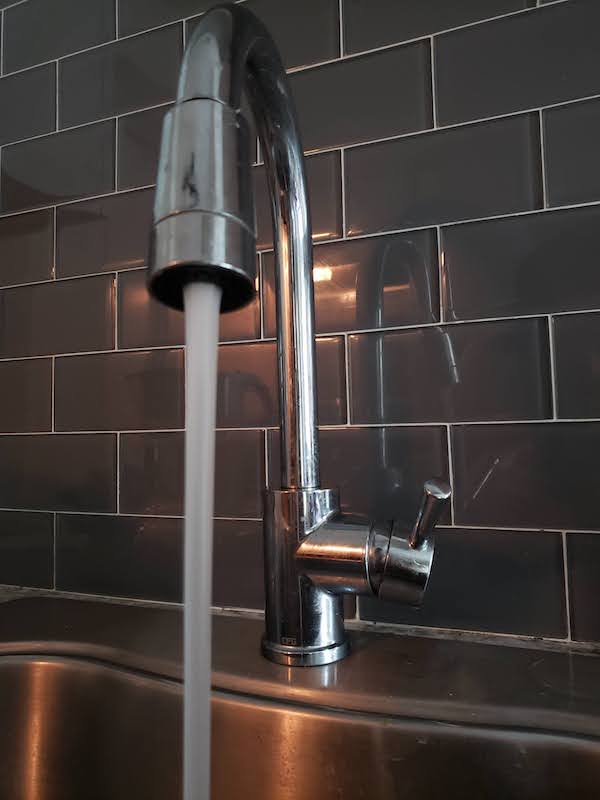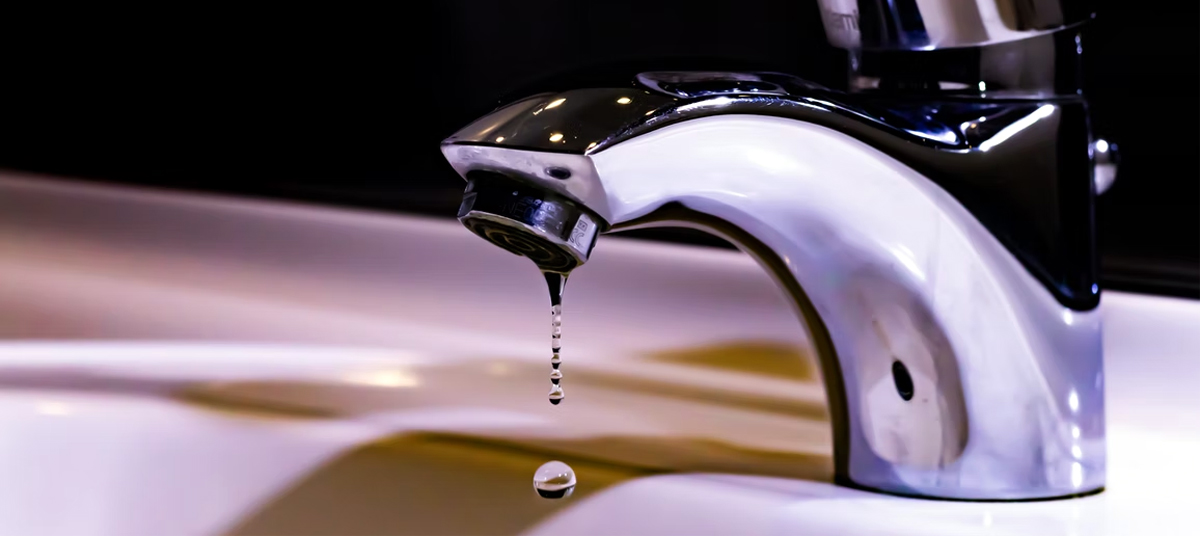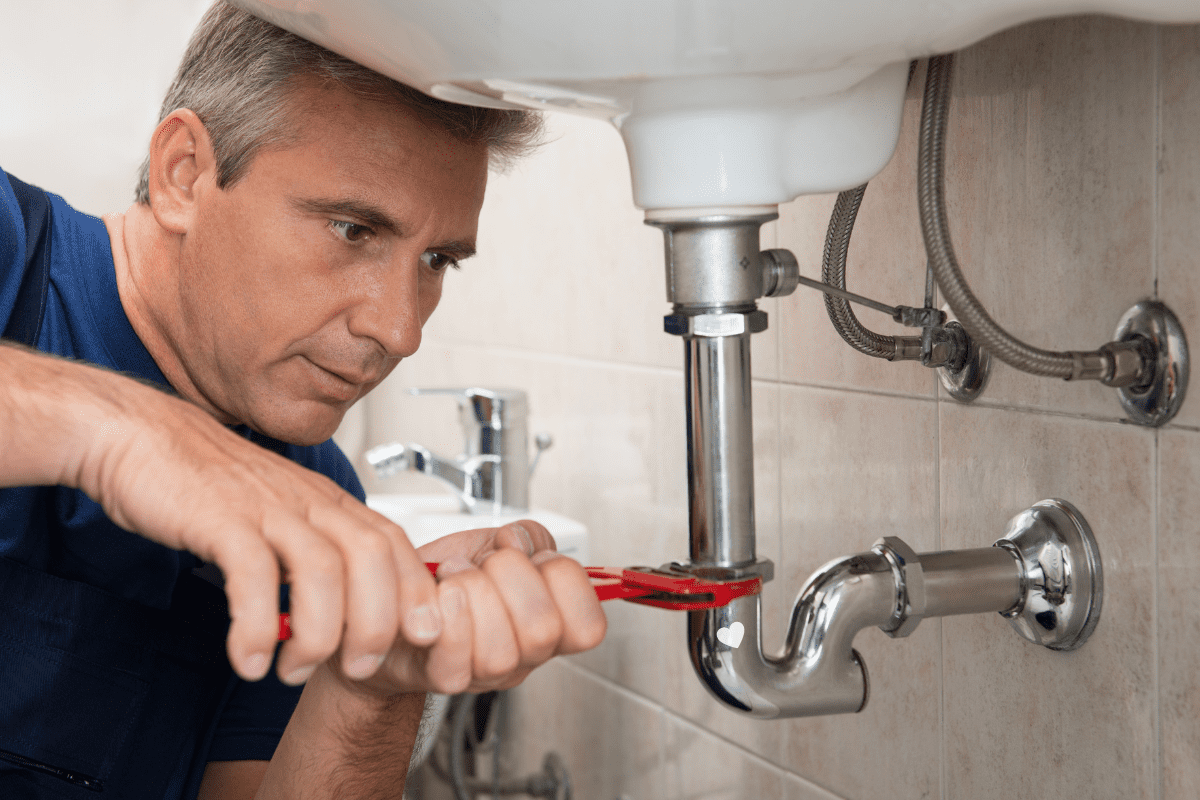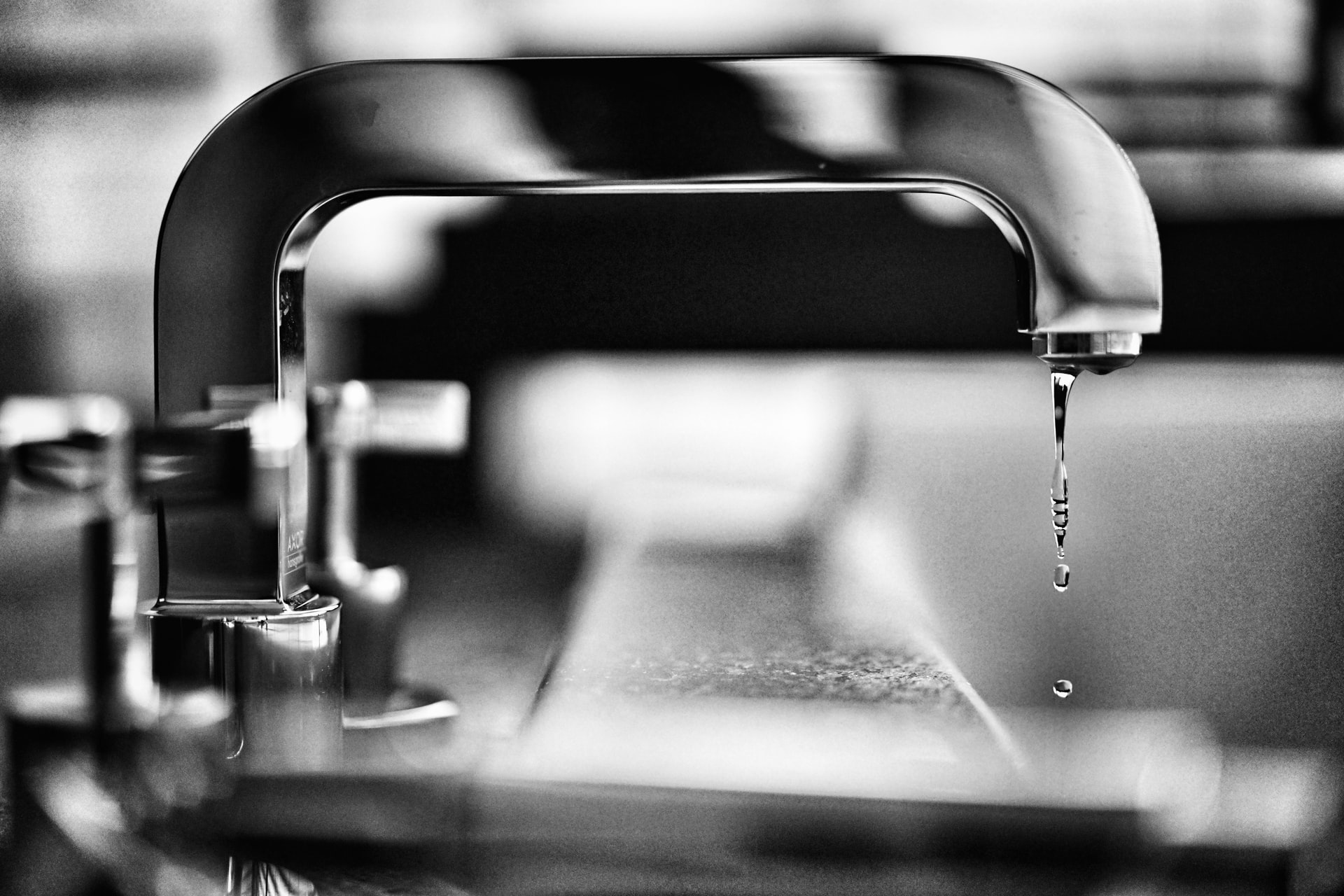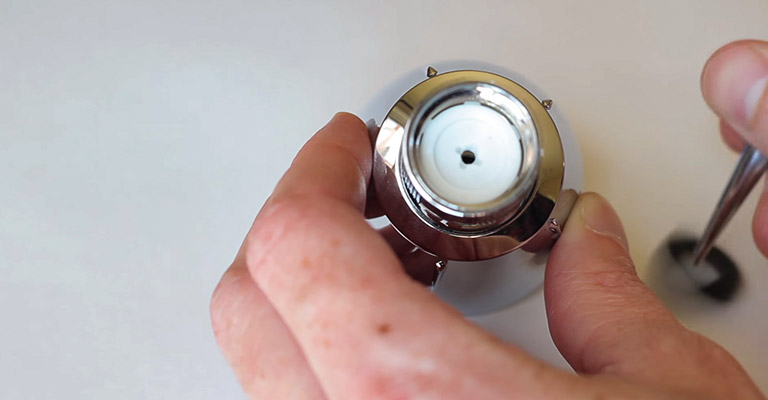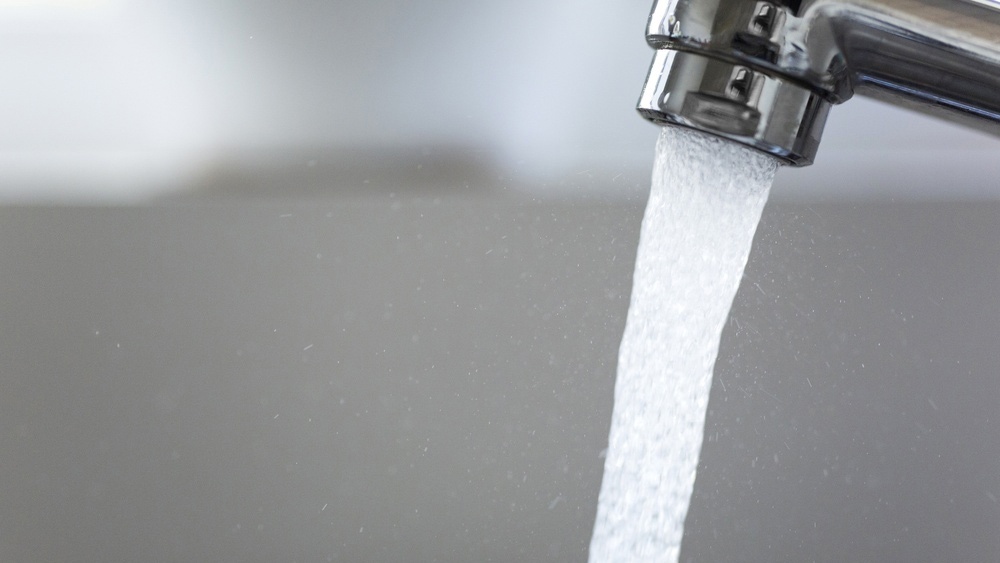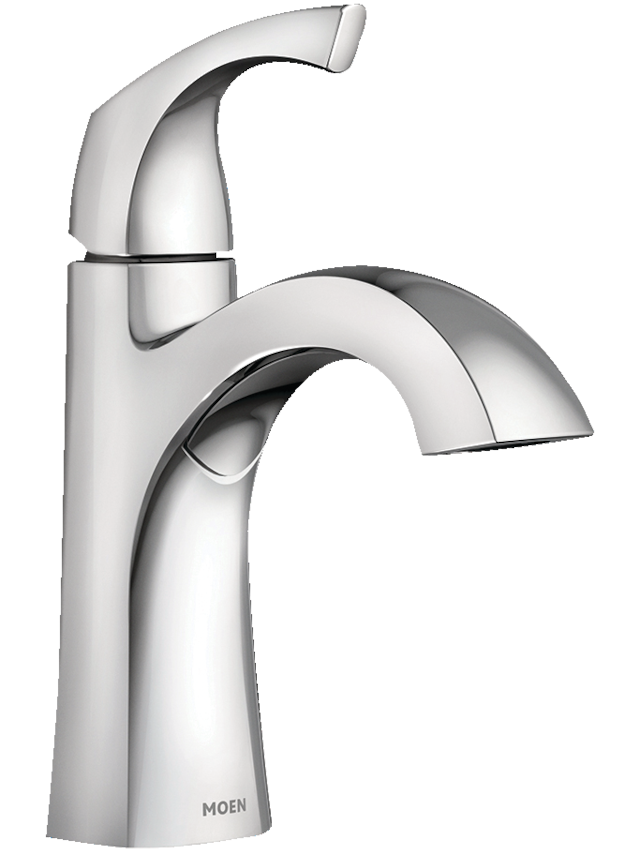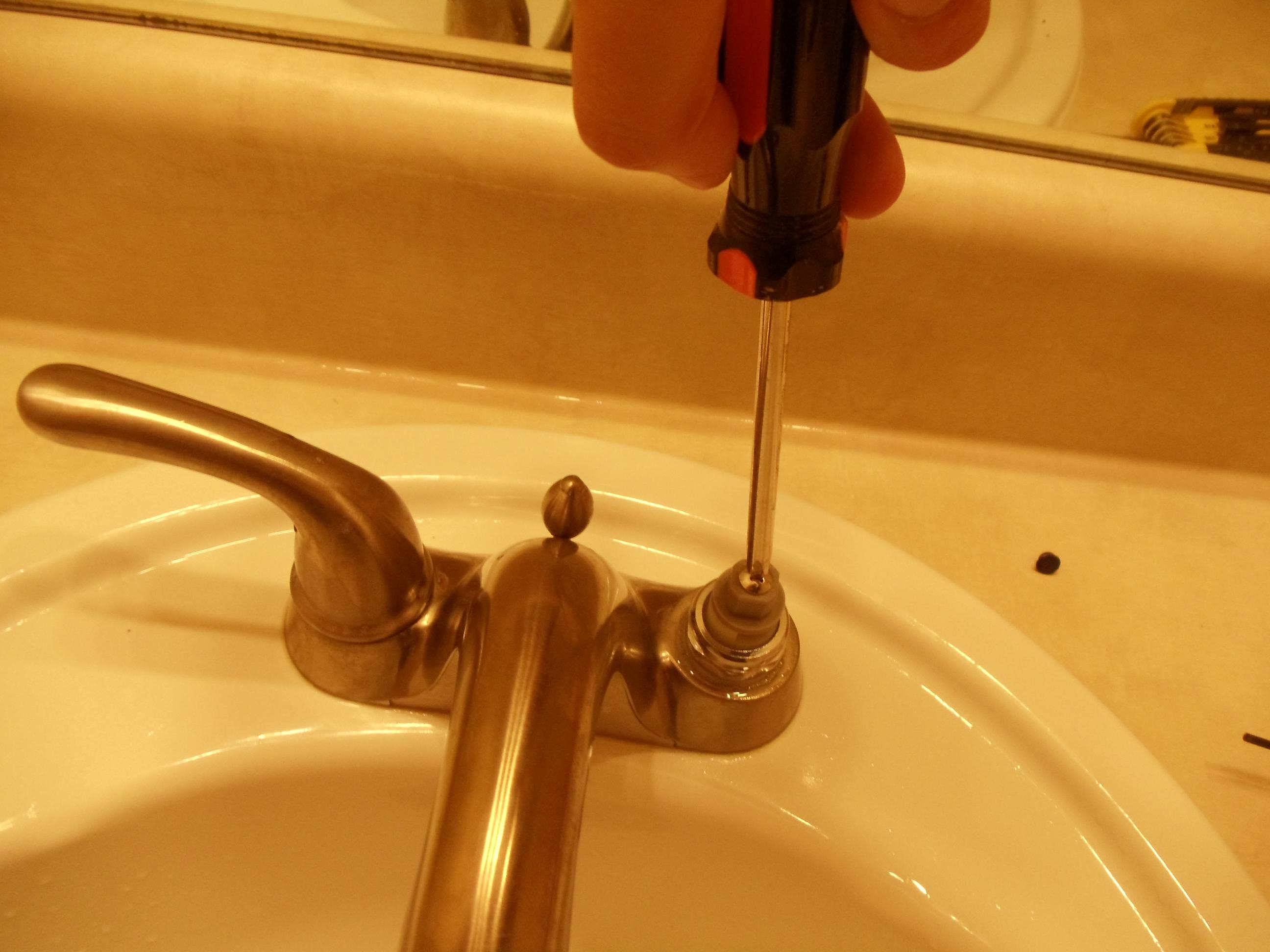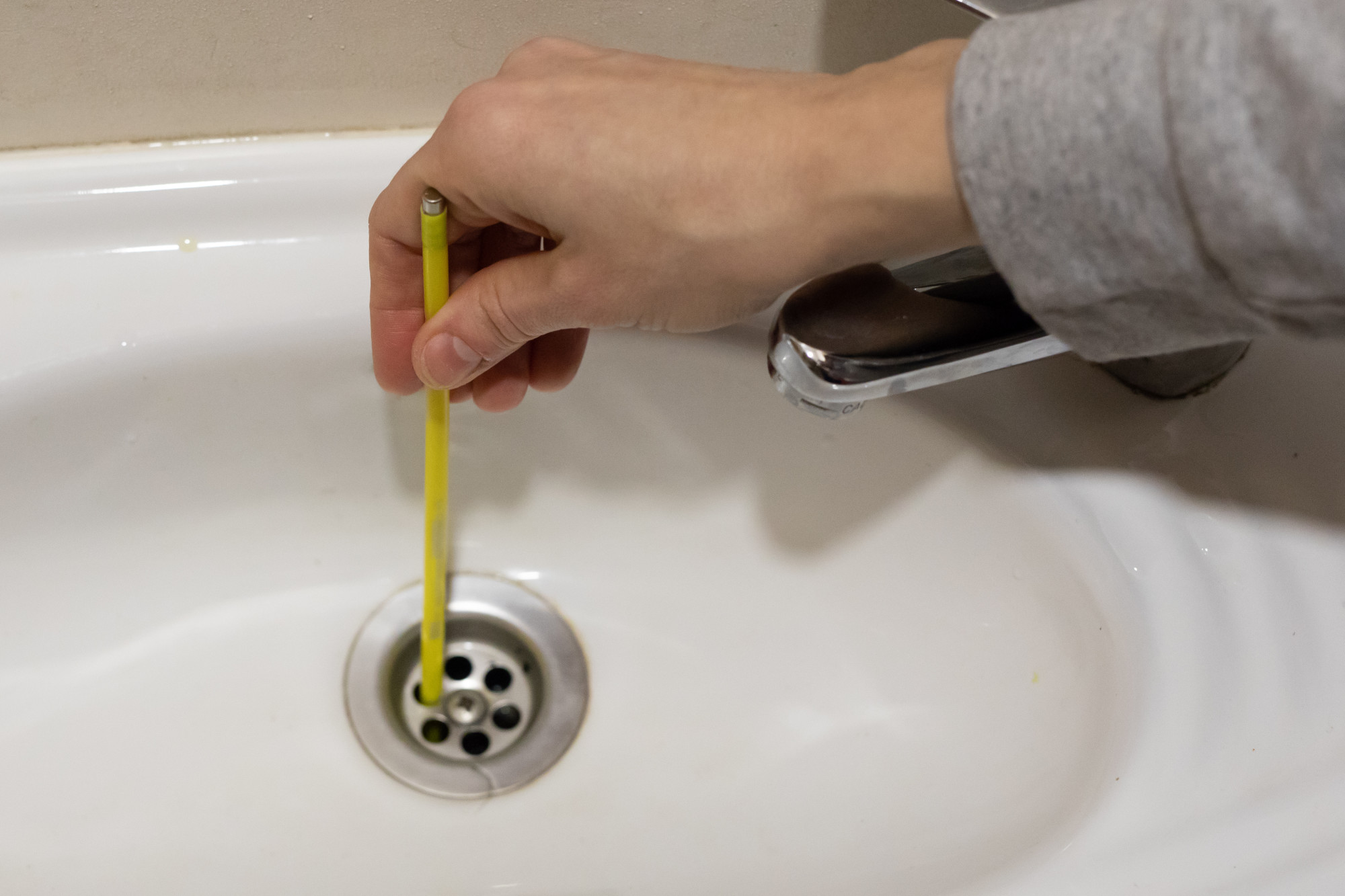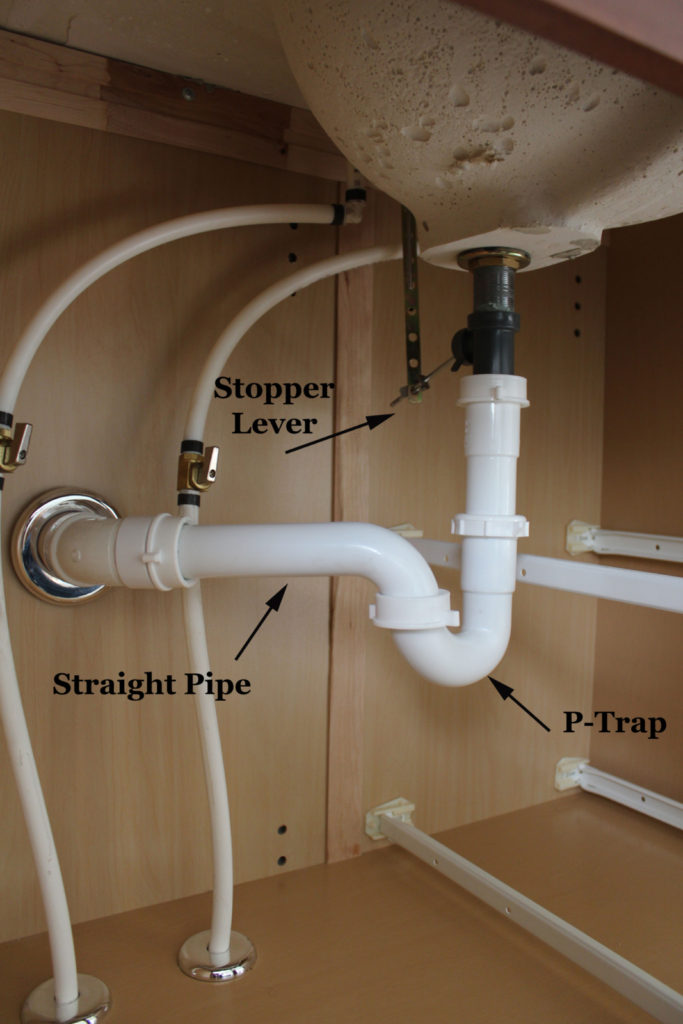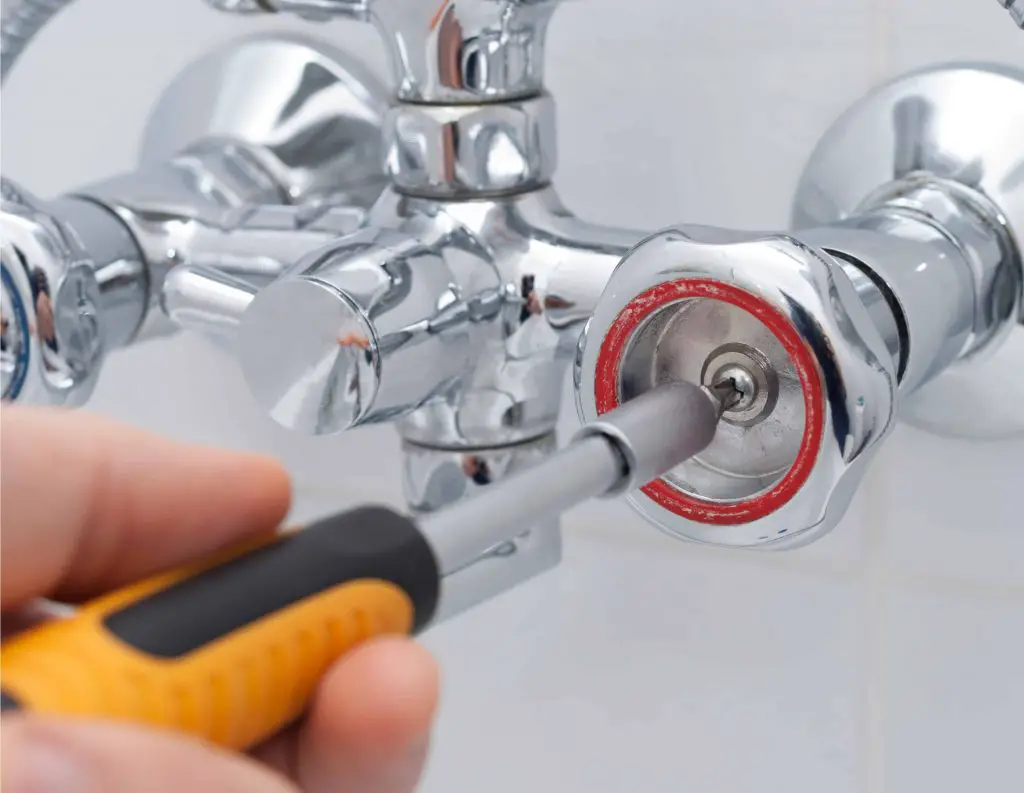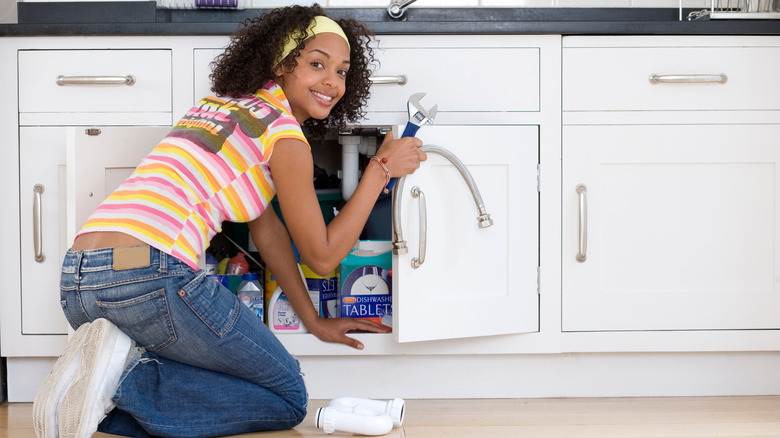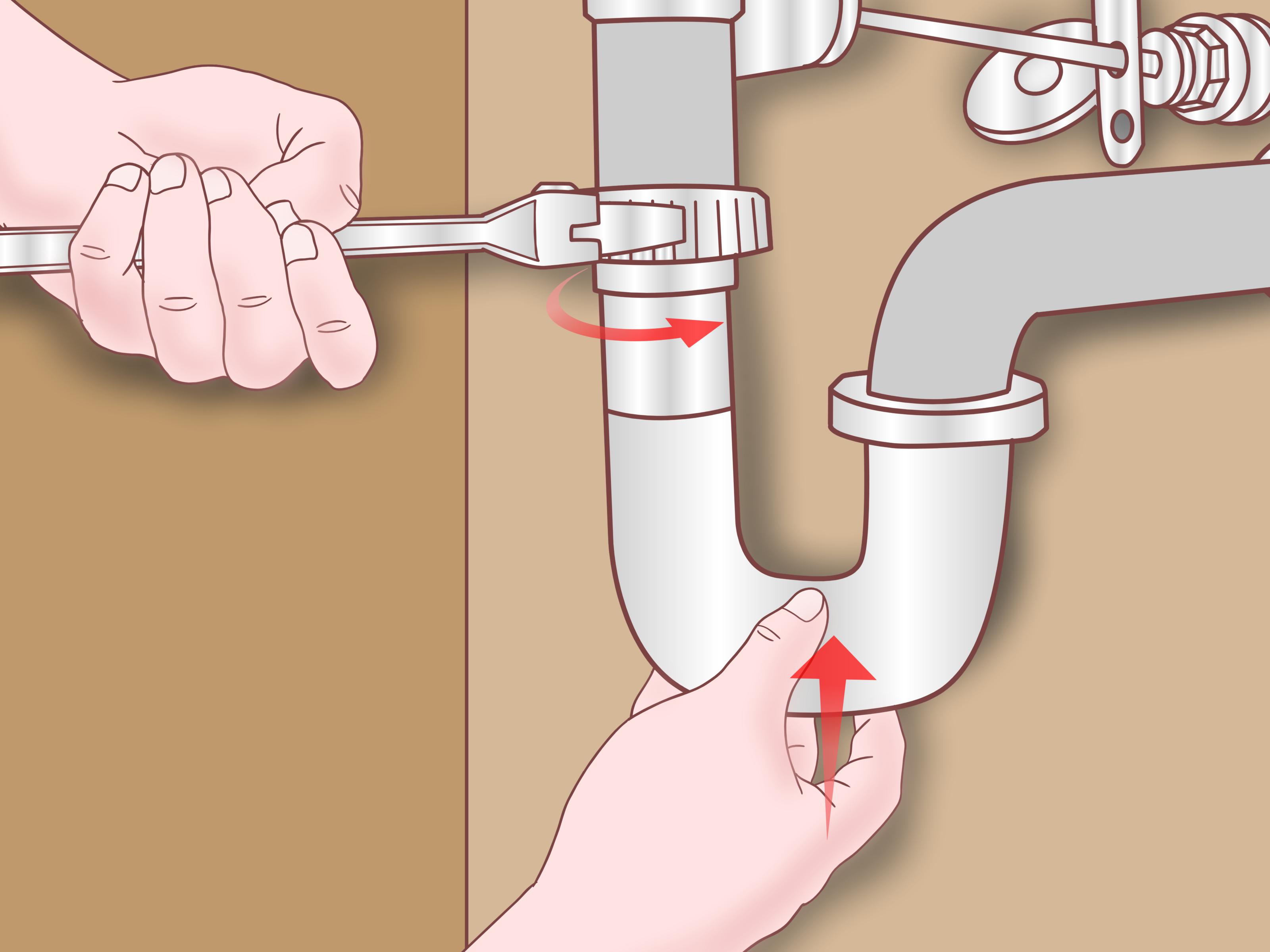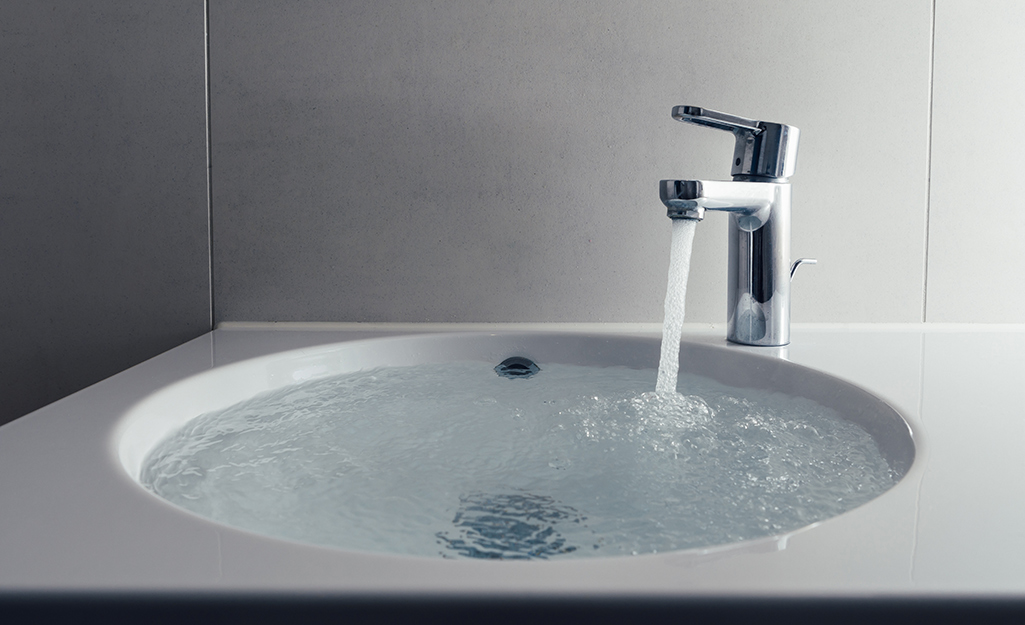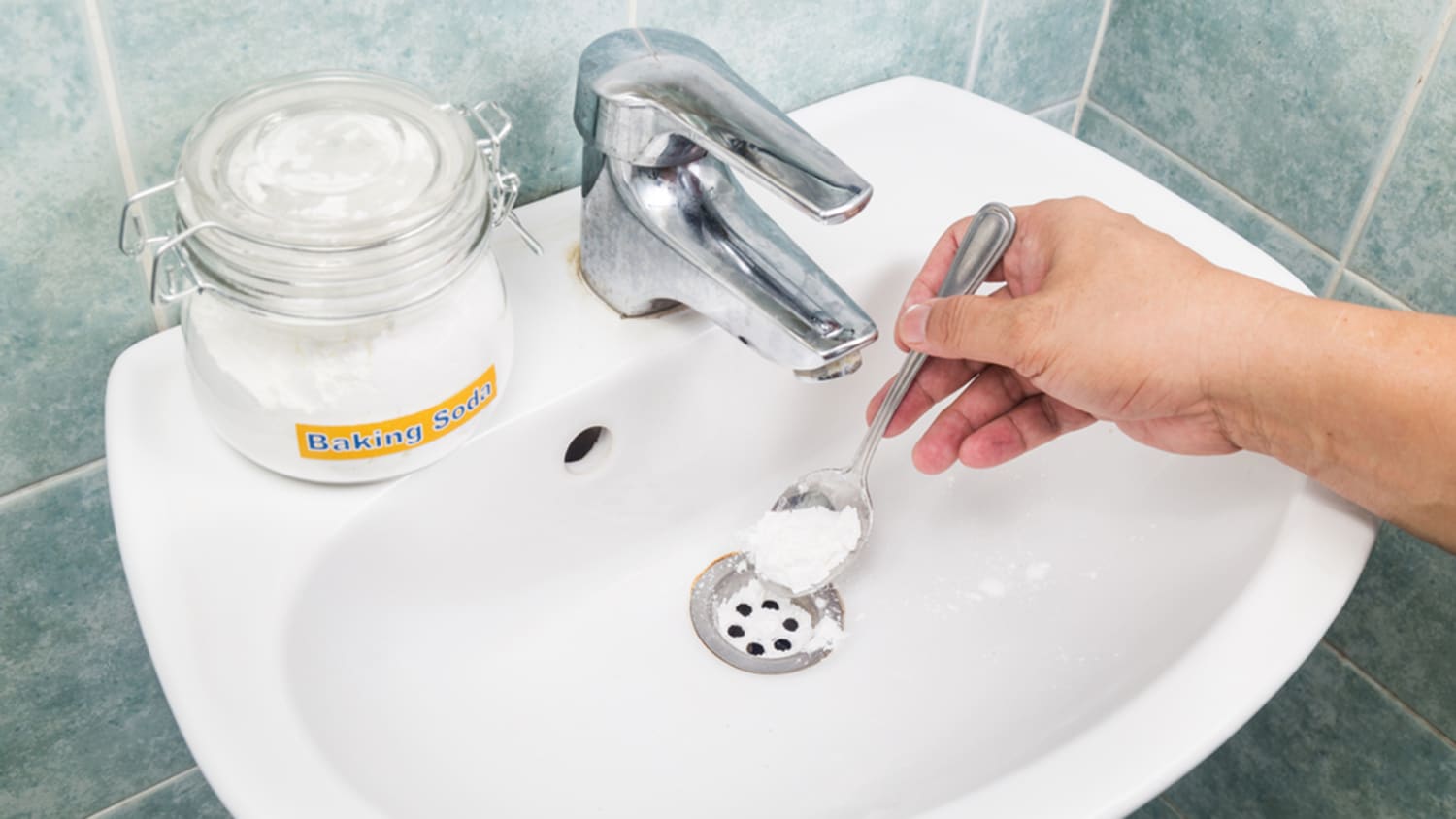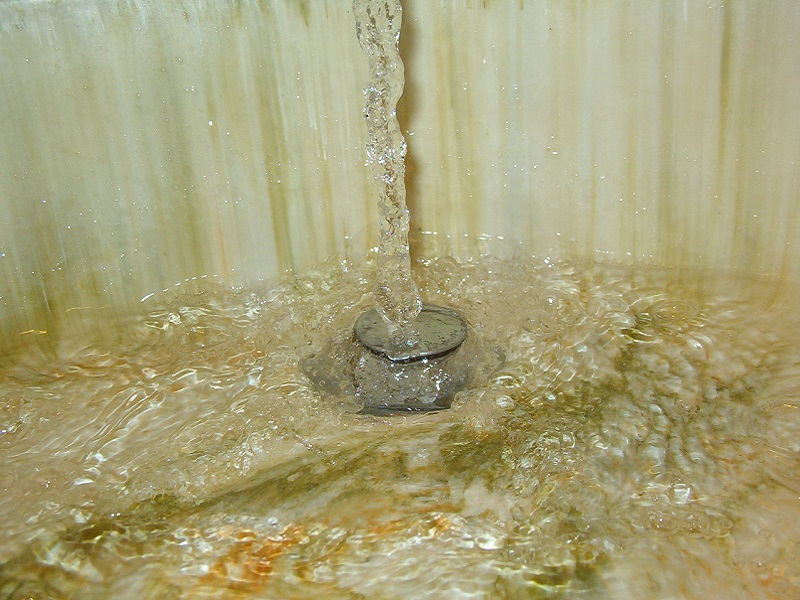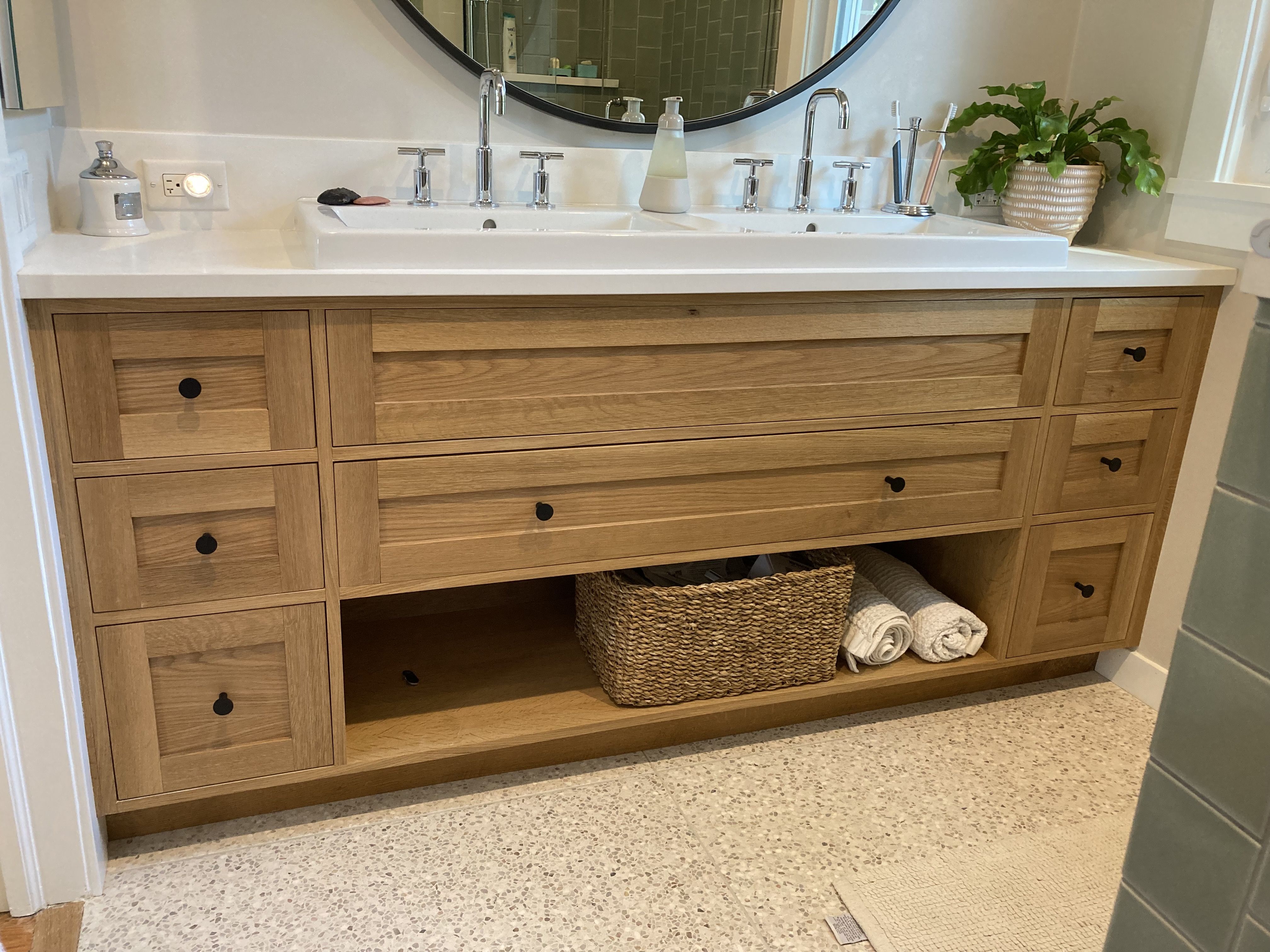A slow running faucet can be a frustrating and annoying problem for any homeowner. Not only does it waste water, but it can also make simple tasks like washing your hands or brushing your teeth take longer than necessary. So what causes this issue and how can you fix it? In this article, we will explore the common causes of a slow running bathroom sink faucet, provide tips for troubleshooting and fixing the problem, and discuss when it might be time to call a professional plumber. Slow Running Faucet: Causes, Fixes, and When to Call a Plumber
If you have noticed that your bathroom sink faucet is running slower than usual, don't worry – there are a few simple steps you can take to try and fix the problem yourself. Clogged aerator is one of the most common causes of a slow running faucet, so the first thing you should check is the aerator. This is the small screen-like attachment at the end of your faucet. If it is clogged with debris or mineral buildup, it can restrict the flow of water. To clean the aerator, simply unscrew it, rinse it with water, and gently scrub away any buildup with an old toothbrush. Then, reattach it to the faucet and test the water flow. If cleaning the aerator doesn't solve the problem, the next step is to check the water supply valves . These are the small valves located under the sink that control the flow of water to the faucet. Make sure they are fully open to allow maximum water flow. If they are already open, try closing them and then opening them again to see if that helps. Another potential cause of a slow running faucet is a clogged or damaged cartridge . The cartridge is the part of the faucet that controls the flow of water. Over time, it can become clogged or worn out, causing water to flow slower than normal. To check for this issue, you will need to turn off the water supply to your faucet and remove the cartridge. If it is clogged, try cleaning it with a mixture of vinegar and water. If it is damaged, you will need to replace it with a new one. How to Fix a Slow Running Faucet
If none of the above solutions fix the problem, there may be a more complex issue at play. One possibility is a faulty water pressure regulator . This is a device that controls the pressure of water coming into your home. If it is not functioning properly, it can cause low water pressure and slow running faucets. You may need to call a professional plumber to inspect and potentially replace the water pressure regulator. Another potential cause of a slow running faucet is a clogged or damaged supply line . This is the pipe that connects your faucet to the water supply. Over time, it can become clogged with debris or damaged, causing low water pressure. If you suspect this may be the issue, you will need to turn off the water supply and replace the supply line. This is a more complex task, so it is best to call a professional plumber for assistance. Troubleshooting a Slow Running Faucet
A slow running bathroom sink faucet can be particularly frustrating, as this is a frequently used fixture in any home. If you are experiencing this issue, there are a few specific steps you can take to try and fix it. First, check the overflow drain – this is the small hole near the top of the sink. If it is clogged with debris, it can restrict water flow. You can use a small brush or toothpick to clear out any buildup in the overflow drain. Another common cause of a slow running bathroom sink faucet is a clogged P-trap . This is the curved pipe under your sink that traps debris and prevents it from entering your plumbing system. Over time, the P-trap can become clogged and restrict water flow. To check for this issue, you will need to remove the P-trap and clean it out. If you are not comfortable doing this yourself, it is best to call a professional plumber for assistance. How to Fix a Slow Running Bathroom Sink Faucet
In addition to the issues mentioned above, there are several other common causes of a slow running bathroom sink faucet. These include hard water buildup , worn out valve seats , and damaged pipes . Hard water is water that contains high levels of minerals, such as calcium and magnesium. Over time, these minerals can build up in your plumbing and restrict water flow. Worn out valve seats and damaged pipes can also contribute to low water pressure. If you suspect any of these issues may be causing your slow running faucet, it is best to call a professional plumber for assistance. Common Causes of a Slow Running Bathroom Sink Faucet
Depending on the cause of your slow running bathroom sink faucet, there are several potential repairs that may need to be done. As mentioned earlier, cleaning or replacing the aerator, cartridge, and supply line are common solutions for this issue. If the problem is related to hard water buildup, you may need to install a water softener to prevent future buildup. If the valve seats are worn out, they may need to be replaced. And if the issue is damaged pipes, they will need to be repaired or replaced by a licensed plumber. How to Repair a Slow Running Bathroom Sink Faucet
Before attempting to fix a slow running bathroom sink faucet, it is important to take certain precautions to avoid causing further damage. First, make sure to turn off the water supply to your faucet before attempting any repairs. This will prevent water from gushing out and causing a mess. It is also a good idea to have a bucket or towels handy to catch any excess water that may come out of the faucet during the repair process. Additionally, be careful not to over-tighten any parts, as this can cause damage or make the problem worse. Tips for Fixing a Slow Running Bathroom Sink Faucet
If you are unsure of the cause of your slow running bathroom sink faucet, there are a few steps you can take to diagnose the issue. First, check all the potential problem areas mentioned in this article – the aerator, water supply valves, cartridge, water pressure regulator, supply line, overflow drain, P-trap, hard water buildup, valve seats, and pipes. If you are not able to determine the cause or fix the issue yourself, it is best to call a professional plumber. They will have the knowledge and tools to properly diagnose and repair your slow running bathroom sink faucet. How to Diagnose and Fix a Slow Running Bathroom Sink Faucet
If you have determined that your slow running bathroom sink faucet is caused by a clog, there are a few methods you can try to unclog it. One option is to use a plunger . Simply place the plunger over the drain and plunge vigorously to try and dislodge the clog. Another option is to use a drain snake . This is a long, flexible tool that can be inserted into the drain and used to remove any debris or buildup. If these methods do not work, you may need to call a professional plumber to use more advanced tools to unclog the drain. How to Unclog a Slow Running Bathroom Sink Faucet
As mentioned throughout this article, there are certain instances when it is best to call a professional plumber for assistance with a slow running bathroom sink faucet. These include if you are not comfortable attempting the repairs yourself, if the problem is related to the water pressure regulator or damaged pipes, or if you have tried all the troubleshooting steps and the issue still persists. A licensed plumber will have the expertise and experience to properly diagnose and fix the problem, saving you time and frustration. In conclusion, a slow running bathroom sink faucet can be caused by a variety of issues, from simple clogs to more complex plumbing problems. By following the steps outlined in this article, you can troubleshoot and potentially fix the issue yourself. However, if the problem persists or you are not comfortable attempting the repairs, do not hesitate to call a professional plumber for assistance. With the right knowledge and tools, your slow running faucet will be back to normal in no time. When to Call a Professional for a Slow Running Bathroom Sink Faucet
The Importance of a Functional Bathroom Sink Faucet

Keeping Your Bathroom Running Smoothly
 A slow-running
bathroom sink faucet
is not only annoying, but it can also lead to a variety of problems in your
house design
. In addition to being a major inconvenience, a slow faucet can waste water and increase your water bill. It can also be a sign of underlying plumbing issues that may lead to more costly repairs down the line. That's why it's important to address a slow-running bathroom sink faucet as soon as you notice it.
A slow-running
bathroom sink faucet
is not only annoying, but it can also lead to a variety of problems in your
house design
. In addition to being a major inconvenience, a slow faucet can waste water and increase your water bill. It can also be a sign of underlying plumbing issues that may lead to more costly repairs down the line. That's why it's important to address a slow-running bathroom sink faucet as soon as you notice it.
Causes of a Slow-Running Faucet
 There are several reasons why your
bathroom sink faucet
may be running slow. One common cause is a buildup of mineral deposits or debris in the faucet aerator. Over time, these deposits can accumulate and restrict the flow of water. Another possible cause could be a worn out or damaged cartridge in the faucet handle. This can cause the water pressure to decrease and result in a slow-running faucet. Additionally, a leaky pipe or faulty water supply valve can also contribute to a slow faucet.
There are several reasons why your
bathroom sink faucet
may be running slow. One common cause is a buildup of mineral deposits or debris in the faucet aerator. Over time, these deposits can accumulate and restrict the flow of water. Another possible cause could be a worn out or damaged cartridge in the faucet handle. This can cause the water pressure to decrease and result in a slow-running faucet. Additionally, a leaky pipe or faulty water supply valve can also contribute to a slow faucet.
Addressing the Issue
 If you notice your
bathroom sink faucet
running slow, the first step is to check the aerator. This small, mesh screen is located at the end of the faucet and can easily be removed for cleaning. Soak the aerator in a solution of equal parts water and vinegar to dissolve any mineral deposits. If the issue persists, it may be necessary to replace the aerator altogether. If the problem lies within the faucet handle, it's best to call a professional plumber to replace the cartridge and ensure proper installation.
If you notice your
bathroom sink faucet
running slow, the first step is to check the aerator. This small, mesh screen is located at the end of the faucet and can easily be removed for cleaning. Soak the aerator in a solution of equal parts water and vinegar to dissolve any mineral deposits. If the issue persists, it may be necessary to replace the aerator altogether. If the problem lies within the faucet handle, it's best to call a professional plumber to replace the cartridge and ensure proper installation.
Preventing Future Issues
 To keep your
bathroom sink faucet
running smoothly, it's important to perform regular maintenance. This includes cleaning the aerator periodically and checking for any leaks or damage. It's also a good idea to have your plumbing inspected by a professional every few years to catch any potential issues before they become bigger problems. By taking these preventative measures, you can avoid a slow-running faucet and maintain a well-functioning bathroom.
To keep your
bathroom sink faucet
running smoothly, it's important to perform regular maintenance. This includes cleaning the aerator periodically and checking for any leaks or damage. It's also a good idea to have your plumbing inspected by a professional every few years to catch any potential issues before they become bigger problems. By taking these preventative measures, you can avoid a slow-running faucet and maintain a well-functioning bathroom.
In Conclusion
 A
bathroom sink faucet
may seem like a small element of
house design
, but it plays a crucial role in the functionality of your bathroom. A slow-running faucet can lead to wasted water, increased utility bills, and potential damage to your plumbing. By addressing the issue promptly and performing regular maintenance, you can keep your bathroom running smoothly and avoid any costly repairs in the future.
A
bathroom sink faucet
may seem like a small element of
house design
, but it plays a crucial role in the functionality of your bathroom. A slow-running faucet can lead to wasted water, increased utility bills, and potential damage to your plumbing. By addressing the issue promptly and performing regular maintenance, you can keep your bathroom running smoothly and avoid any costly repairs in the future.

